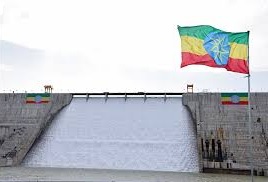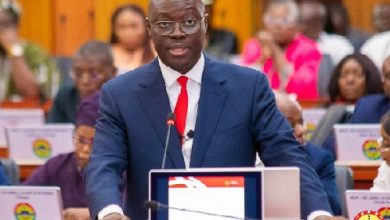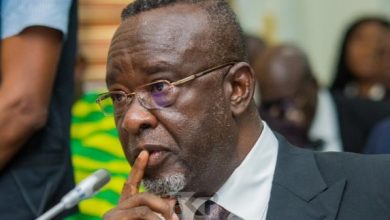Ethiopia launches Africa’s largest hydroelectric dam

Ethiopia has officially inaugurated Africa’s largest hydroelectric dam on Tuesday, September 9, a project that will provide energy to millions of Ethiopians while deepening a rift with downstream Egypt that has unsettled the region.
Ethiopia, the continent’s second most populous nation with over 120 million people, sees the $5 billion Grand Ethiopian Renaissance Dam on a tributary of the River Nile as central to its economic ambitions.
The dam’s power has gradually increased since the first turbine was turned on in 2022, reaching its maximum capacity of 5,150 MW on Tuesday. That puts it among the 20 biggest hydroelectric dams in the world – about one-quarter of the capacity of China’s Three Gorges Dam.
At a ceremony on Tuesday at the site in Guba, an Ethiopian fighter jet flew low over the mist from the dam’s white waters, which plunge 170-metres (558 feet).
Beneath the canopy of a giant Ethiopian flag, Prime Minister Abiy Ahmed later addressed a crowd of dozens of dignitaries including the presidents of Somalia, Djibouti and Kenya.
“To our (Sudanese and Egyptian) brothers; Ethiopia built the dam to prosper, to electrify the entire region and to change the history of black people,” Abiy said. “It is absolutely not to harm its brothers.”
Abiy has said Ethiopia will use the energy to improve Ethiopians’ access to electricity and export surplus power to the region.
The dam’s reservoir has also flooded an area larger than Greater London, which the government says will provide a steady water supply for irrigation downstream while limiting floods and drought.
Ethiopia’s downstream neighbours, however, have watched the project advance with dread since construction began in 2011.
Egypt, which built its own Aswan High Dam on the Nile in the 1960s, fears the GERD could restrict its water supply during periods of drought, and could lead to the construction of other upstream dams.
It has bitterly opposed the dam from the start, arguing that it violates water treaties dating to the British colonial era and poses an existential threat.
Egypt, with a population of about 108 million, depends on the Nile for about 90% of its fresh water.
Egypt would continue to closely monitor developments on the Blue Nile and “exercise its right to take all the appropriate measures to defend and protect the interests of the Egyptian people”, Egyptian Foreign Ministry spokesperson Tamim Khallaf told Reuters on Monday.
While Egypt has refrained from any direct reprisals against Ethiopia, it has drawn closer in recent years to Addis Ababa’s rivals in the Horn of Africa, notably Eritrea.
Sudan, meanwhile, has joined Egypt’s calls for legally binding agreements on the dam’s filling and operation, but could also benefit from better flood management and access to cheap energy.



